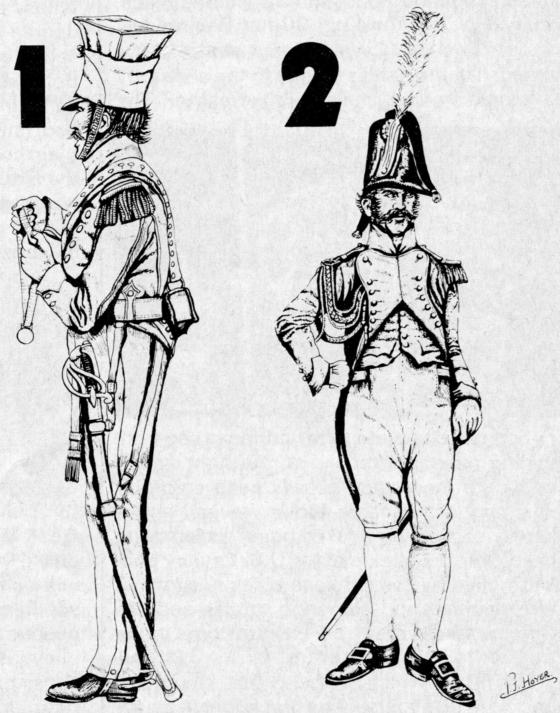
Shop Amazon - Create an Amazon Baby Registry


| Fig. 1., an officer. 2nd Regiment Lancers of the French Imperial Guard in ″Tenue de route″ with czapska in its fawn oilskin protector and expensive giberne strap also covered against the elements in a red leather case with gilt buttons. The red parade trousers were also replaced by blue overalls on campaign. |  |
| Fig. 2 shows an officer in ″Tenue de bal″, the attractive evening uniform with black bicorn and white plume, elegant scarlet surtout with blue piping and turnbacks, white waistcoat and knee breeches etc. Note that an epée in a black sheath replaces the sabre in this order of dress. Shiny black leather buckled shoes and white stockings complete the uniform. |